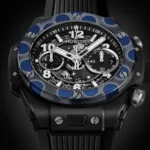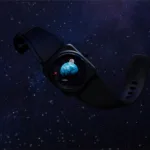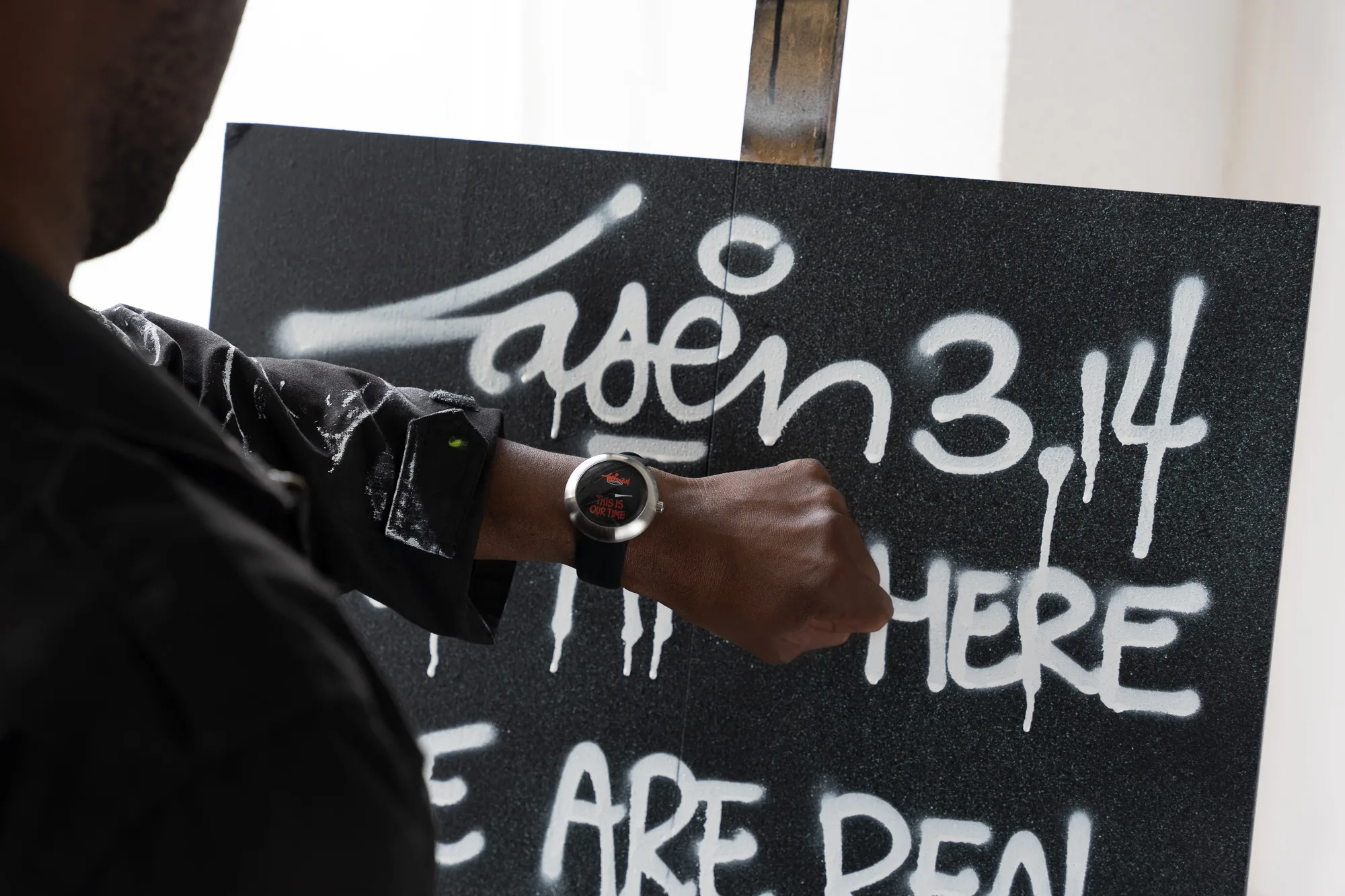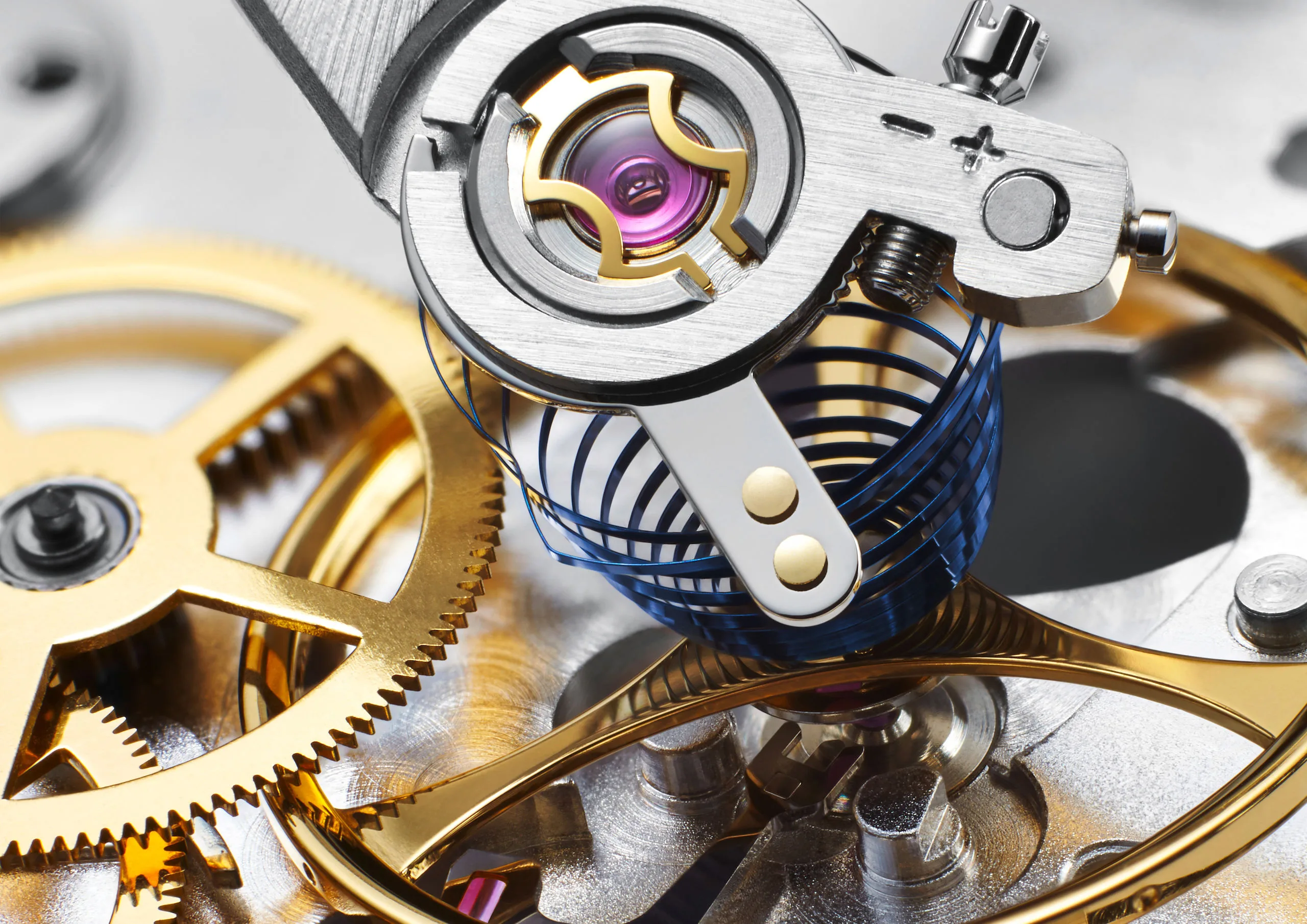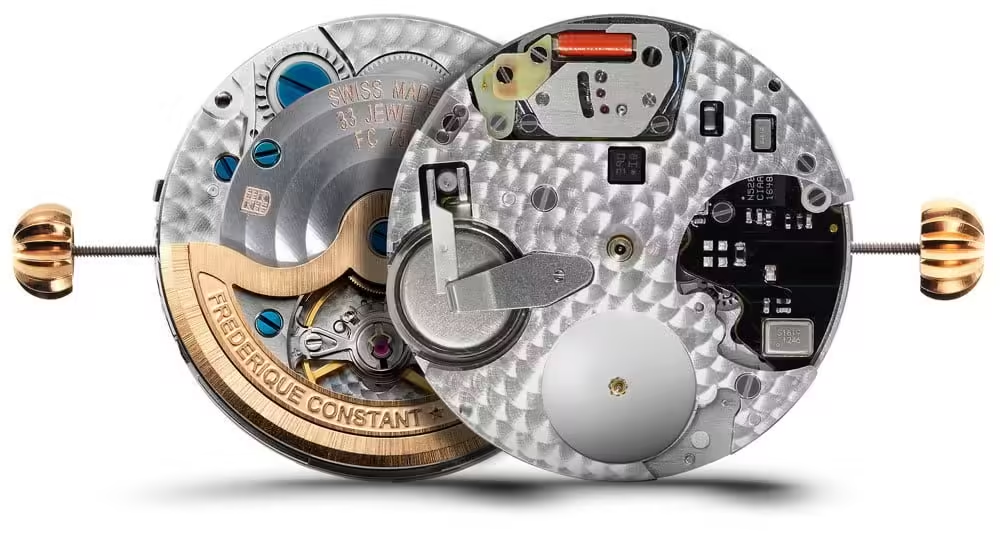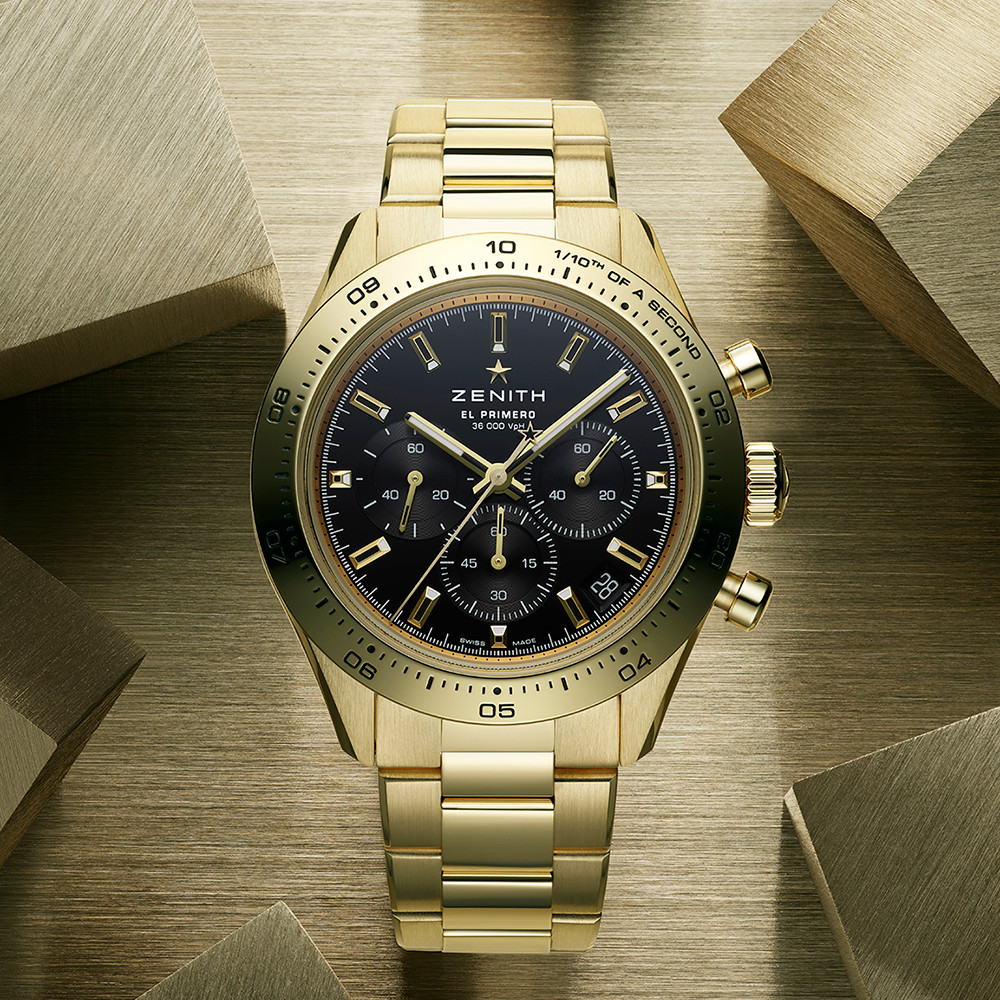Jaeger-LeCoultre remains steadfast in its dedication to precision, viewing it as the cornerstone of mastery in watchmaking. From Antoine LeCoultre’s pioneering innovations to modern-day advancements, precision is deeply ingrained in the Maison’s DNA, shaping its illustrious history and future endeavors.
Antoine LeCoultre’s relentless pursuit of precision laid the foundation for Jaeger-LeCoultre’s legacy. His early inventions, including machines for cutting pinions with unparalleled accuracy, revolutionized watchmaking in the 19th century. The Millionometre, patented in 1844, exemplified his commitment to precision, enabling unprecedented levels of measurement accuracy and component miniaturization.
Continuing Antoine LeCoultre’s legacy, subsequent generations of watchmakers and craftsmen at Jaeger-LeCoultre have strived to master precision at every stage of the watchmaking process. From conception to assembly, meticulous attention to detail ensures the creation of timepieces that stand the test of time.
In 2024, Jaeger-LeCoultre unveils its story of precision through four chapters, showcasing its heritage as a pioneer in precision engineering.
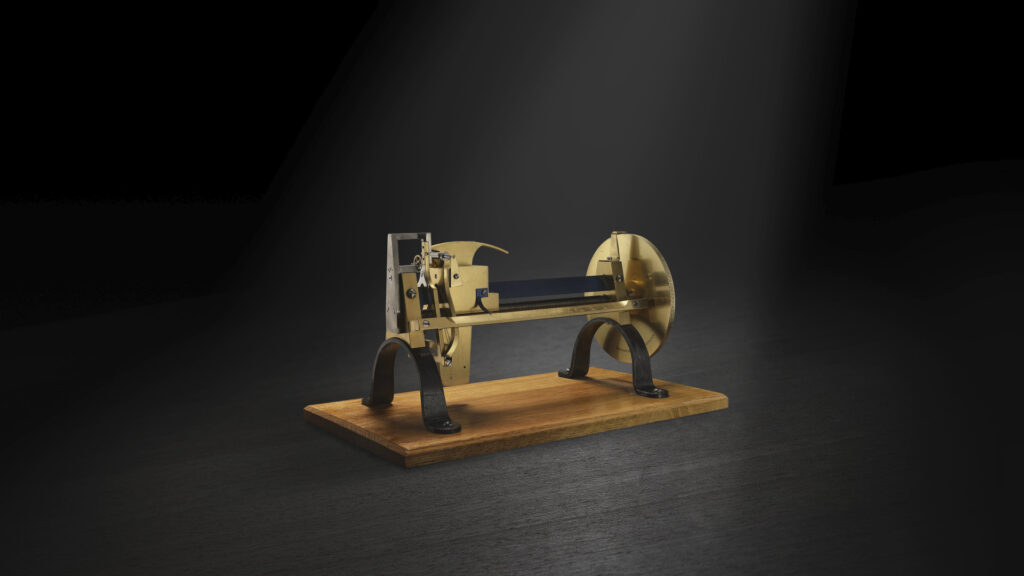
The Precision of Production:
Antoine LeCoultre’s early inventions, such as the rounding-up tool and milling-cutter tool, revolutionized the production process, enabling the manufacture of precise watch components. His quest for precision led to remarkable achievements, including the creation of the world’s flattest movement, Calibre 145, in 1907.
Over the years, Jaeger-LeCoultre has embraced modern technologies, such as CNC machining and 3D prototyping, while retaining the precision of human craftsmanship. The blend of traditional techniques and modern innovations continues to define Jaeger-LeCoultre’s approach to precision engineering.
The Precision of Chronometry:
Chronometry, or timekeeping accuracy, has been a focal point for Jaeger-LeCoultre throughout its history. From pioneering chronometer calibres to innovative solutions for challenges like bumps, shocks, magnetism, and energy variations, Jaeger-LeCoultre’s chronometers have set the standard for precision in watchmaking.
The introduction of high-frequency movements, anti-magnetic materials, and long power reserves exemplifies Jaeger-LeCoultre’s commitment to precision in chronometry. Each innovation represents a step forward in the quest for accuracy and reliability in timekeeping.
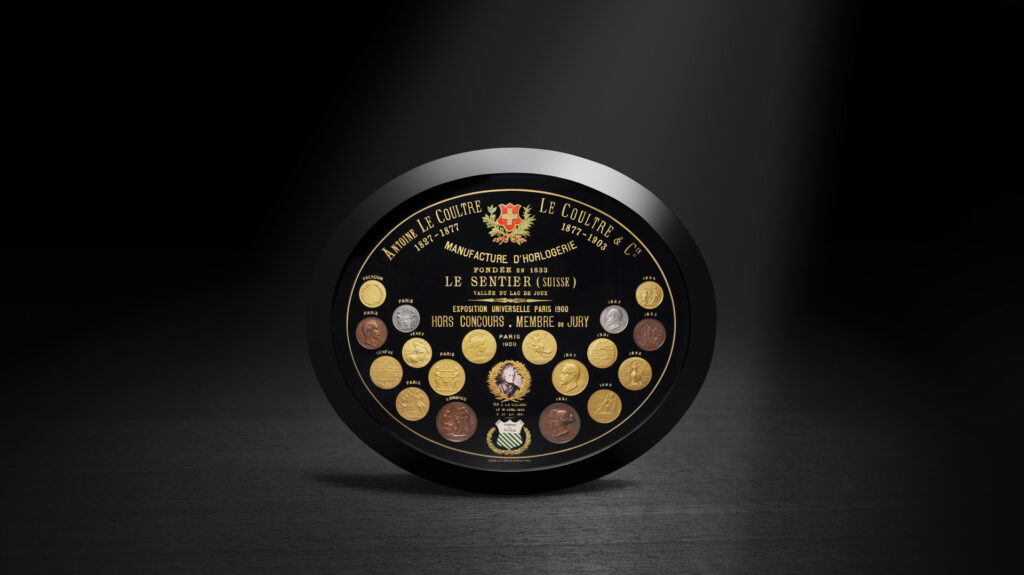
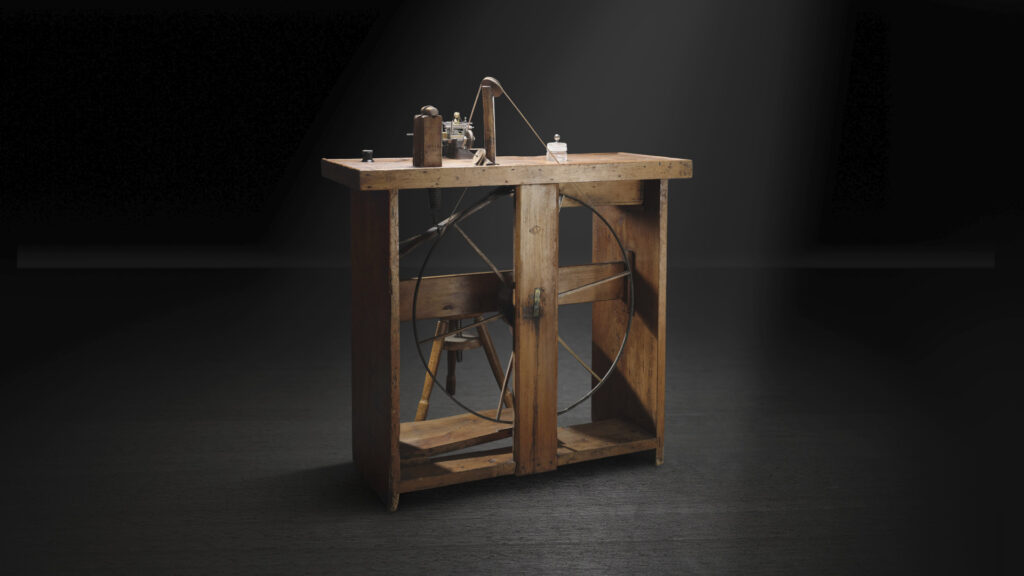
The Precision of Regulating Organs:
The regulating organ, comprising the balance wheel and hairspring, is critical to a movement’s accuracy. Jaeger-LeCoultre’s expertise in shaping and crafting hairsprings has been instrumental in achieving precise oscillations and ensuring consistent timekeeping.
Through innovations like the multi-axis tourbillon and Duometre concept, Jaeger-LeCoultre has continually pushed the boundaries of precision in regulating organs. These advancements reflect the Maison’s unwavering pursuit of excellence in horology.
The Precision of Complications:
Balancing timekeeping accuracy with additional complications presents unique challenges in watchmaking. Jaeger-LeCoultre’s Duometre concept, introduced in 2007, addresses this challenge by integrating two barrels, each powering separate gear trains for timekeeping and complications.
The Duometre mechanism enables Jaeger-LeCoultre to create chronograph watches as accurate as chronometers while incorporating complex complications like moon phases and tourbillons. These innovations underscore Jaeger-LeCoultre’s commitment to mastering precision across all aspects of watchmaking.
In 2024, Jaeger-LeCoultre’s legacy of precision continues to evolve with the introduction of new Duometre movements, showcasing the Maison’s dedication to pushing the boundaries of horological excellence. As the story of precision unfolds, Jaeger-LeCoultre remains at the forefront of innovation, ensuring that Antoine LeCoultre’s vision endures for generations to come.
For more information, please visit Jaeger-LeCoultre.com.
